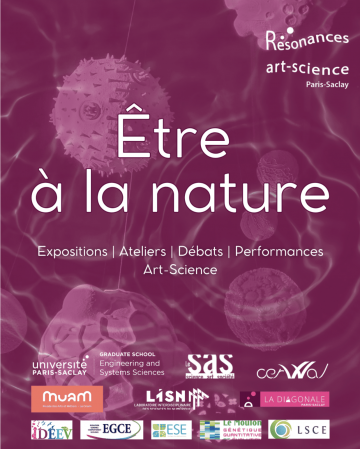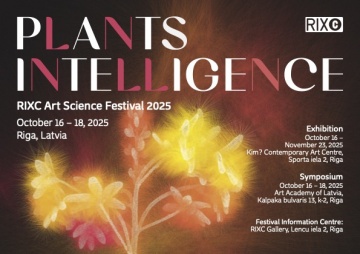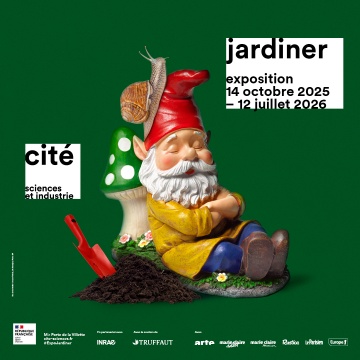2km4 sharing time
may 28th 2025 Paris-Saclay university : the woodEating and giving food: Euglypha
In collaboration with Stéphane Bazot, Claire Damesin, Ludwig Jardillier, Gaëlle Vincent - ESE laboratory
Euglypha are eukaryotic micro-organisms, invisible to the naked eye, that inhabit ponds, soils and mosses. Their carapace, made up of tiny silica scales arranged in geometric regularity, makes them astonishingly beautiful shapes.
I chose them as symbolic figures of the microbiota that inhabit the environments crossed by 2km4: stagnant water, acid soil, wild plants... but also human bodies.
We are all ecosystems in motion, carrying bacteria, protists and micro-fungi.
So what invisible communities make us up? What organic flows run through us?
Inspired by the One Health principle - which affirms the interdependence between the health of the environment and that of living beings - Euglypha is proposing a series of installations in which art acts as a poetic relay for scientific research. It's all about learning to understand in order to take better care of ourselves, and imagining ways in which we can coexist. Acting as conscious symbionts, attentive to the environments we inhabit and modify.
Living laboratory
In collaboration with Gaëlle Vincent, a research engineer at the ESE, MicroResp™ analyses are being carried out on soil samples taken at four stations along the 2km4 route. This method makes it possible to measure microbial respiration - i.e. metabolic activity - without culture, by quantifying the CO? emitted. It will also be applied to plants, trees and the site's water, in an experimental approach in which the method is diverted from its primary use.
These breathing profiles make the invisible dynamics of the soil visible and highlight the functional diversity of microscopic life.
Artistic project: Nourish / Feed
Nourish
An enlarged sculpture of Euglypha was moulded and then transformed into four biodegradable biomaterials: sawdust, oyster mushroom straw, coffee grounds and sugar.
These shapes were buried at the end of May 2025 on INRAe land behind IDEEV - as an offering to the soil, a gesture of giving.
In the autumn, they will be dug up and compared with unburied controls.
What will be left? What do these slow metabolisms of transformation tell us?
Eating the landscape - a culinary performance
Soil samples from three sites have been sterilised, then mixed into the dough of spiced scones.
A gesture inspired by an ancient ritual of eating biscuits containing Compostela soil. Symbolically eating the earth, to pay attention to it.
The scones are accompanied by scented butters, obtained by enfleurage (a technique for extracting odours using fats), evoking three distinct plant environments: a lawn (grasses, plantain, daisies), an undergrowth (oak and chestnut litter), and a wetland (comfrey).
Along the way, visitors are invited to taste these drop-shaped morsels, to experience a landscape through their sense of smell and taste.
The plan is to filter and drink the water from three local springs - the IDEEV drain, the forest pond and the River Yvette - using purification systems.
A sensitive gesture of reappropriation of the landscape through the body, through ingestion.


